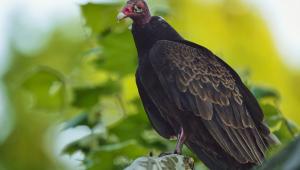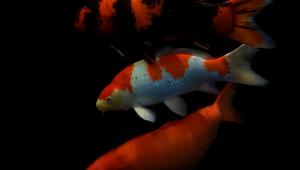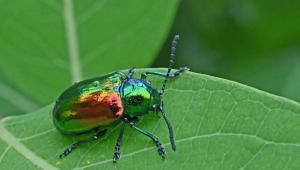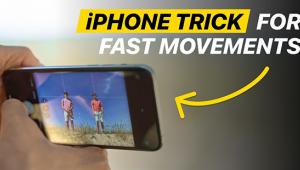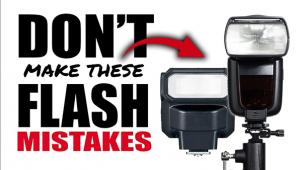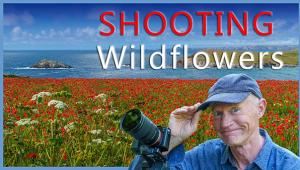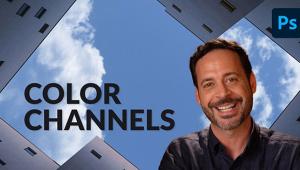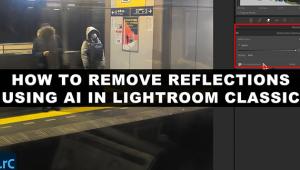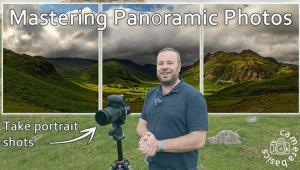The Bridge Camera
Dave Frieder Takes Medium Format To New Heights...Literally
| We're tempted to start
off with, "This man is a professional, don't try this at
home," but we won't. First because, strictly speaking, Dave
Frieder isn't a professional--photography is a passion, but it's
not how he earns his living. And second because we would never discourage
anyone who wishes to pursue a dream, photographic or otherwise. If there
are bridges near your home and you want to climb them and photograph
from their tops, well, if you've got the nerve and the right permits
and permissions and lots of insurance, go right ahead. Essentially,
that's just what Dave Frieder did. |







